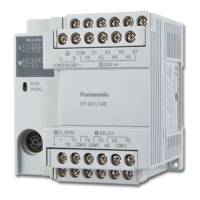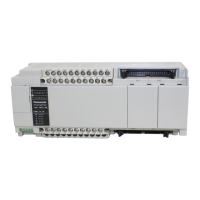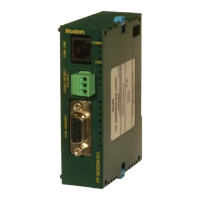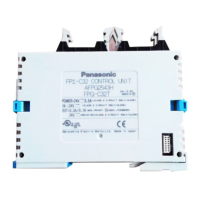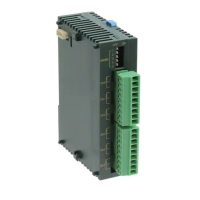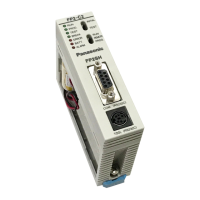Operation of pulse output instruction flag
- The pulse output instruction flags vary even during scanning. Replace them with internal relays at the
beginning of the program when using them several times in the program.
7.4.13 Common Precautions for Pulse Output Instructions
- Note that there are the following restrictions on using each function of the pulse output
Precautions when using instructions in PULSE+SIGN mode (Common to F171, F172, F175, F177)
- When each instruction is executed, pulses are output approx. 300µs after the direction signal has been
output; the motor drive characteristics are simultaneously taken into consideration.
Stop by pulse output control instruction (F0) (Common to F171, F172, F174, F175, F177)
- Performing a forced stop may cause the output count value in the elapsed value area to differ from the
input count value at the motor side. Therefore, you must execute a home return after pulse output has
stopped.
- When executing the emergency stop (pulse output stop) with the pulse output control instruction (F0),
the operations being executed with various instructions will be cancelled and the pulse output will be
immediately stopped. When the emergency stop request flag (bit 3 of DT90052) is on, instructions
cannot be executed.
- When executing the deceleration stop with the pulse output control instruction (F0), the operations
being executed with various instructions will be cancelled and the deceleration operation will start.
When the deceleration stop request flag (bit 5 of DT90052) is on, instructions cannot be executed. As
for the data table control instruction (F174), the operation is similar to that of the emergency stop.
- After the execution of the emergency stop or deceleration stop, pulses are not output unless the
execution condition of each pulse output instruction (F171 to F177) changes from OFF to ON.
Specification of initial speed and speed error (Common to F171, F172, F174, F175, F177)
- Note that there are the following characteristics according to the initial speed specified with each
instruction.
(1) When the initial speed is 1 Hz or higher, and lower than 46 Hz, the control can be performed up to 10
kHz.
(2) When the initial speed is 46 Hz or higher, and lower than 184 Hz, the control can be performed up to
the maximum frequency.
(3) When the initial speed is 184 Hz or higher, the control can be performed up to the maximum
frequency. The speed error will be smallest.
Control code and quick start (Common to F171, F172, F175)
- When "Calculation only" is specified in the digit to set the output of the control code of each instruction,
the pulse output is not performed.
- Instructions can be quickly started when executing them for the same channel and with the same
parameter after executing calculation only. The quick start is enabled when the parameters are the
same except output.
Duty cycle of pulse output (Common to F171, F172, F174, F175, F177)
- Pulses are output with a 25% duty cycle.

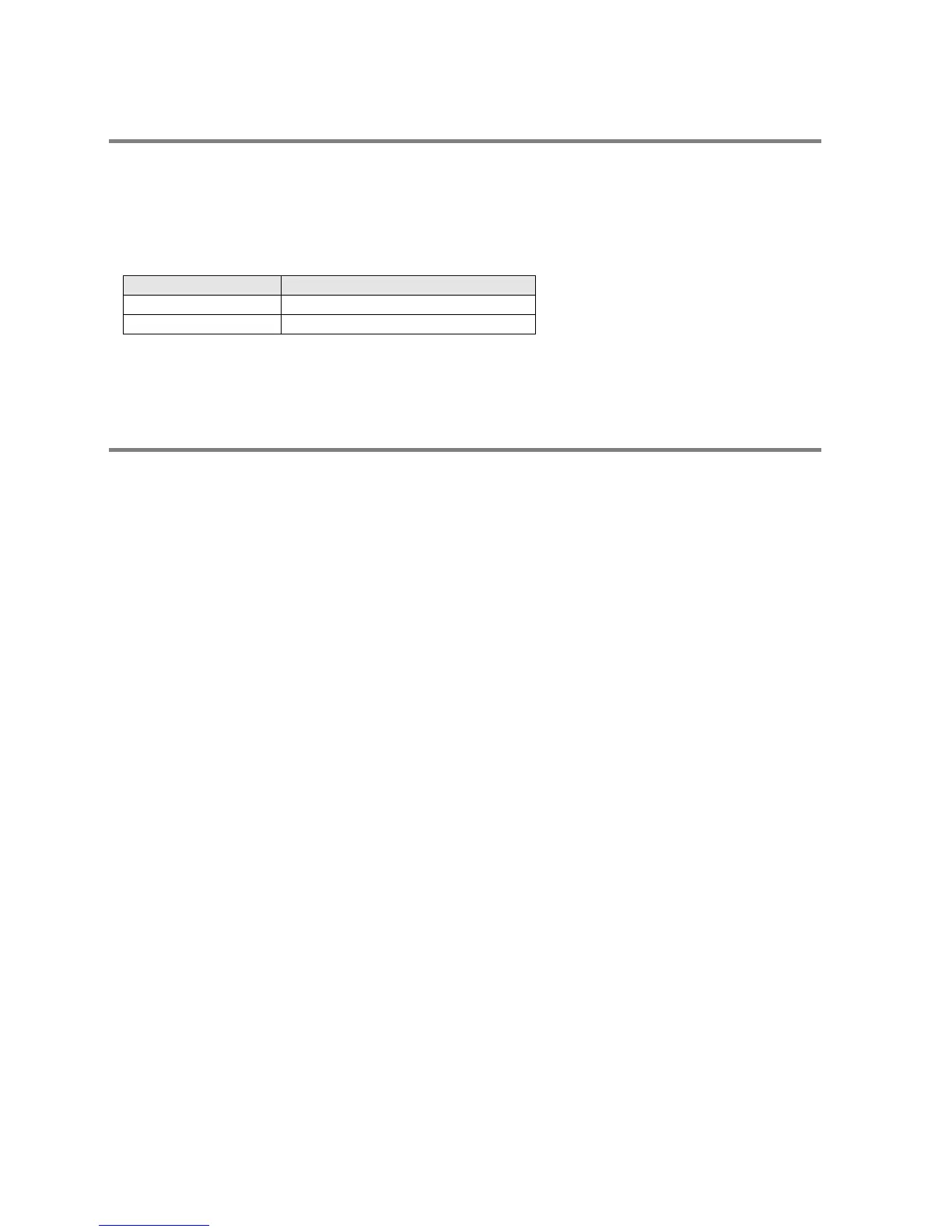